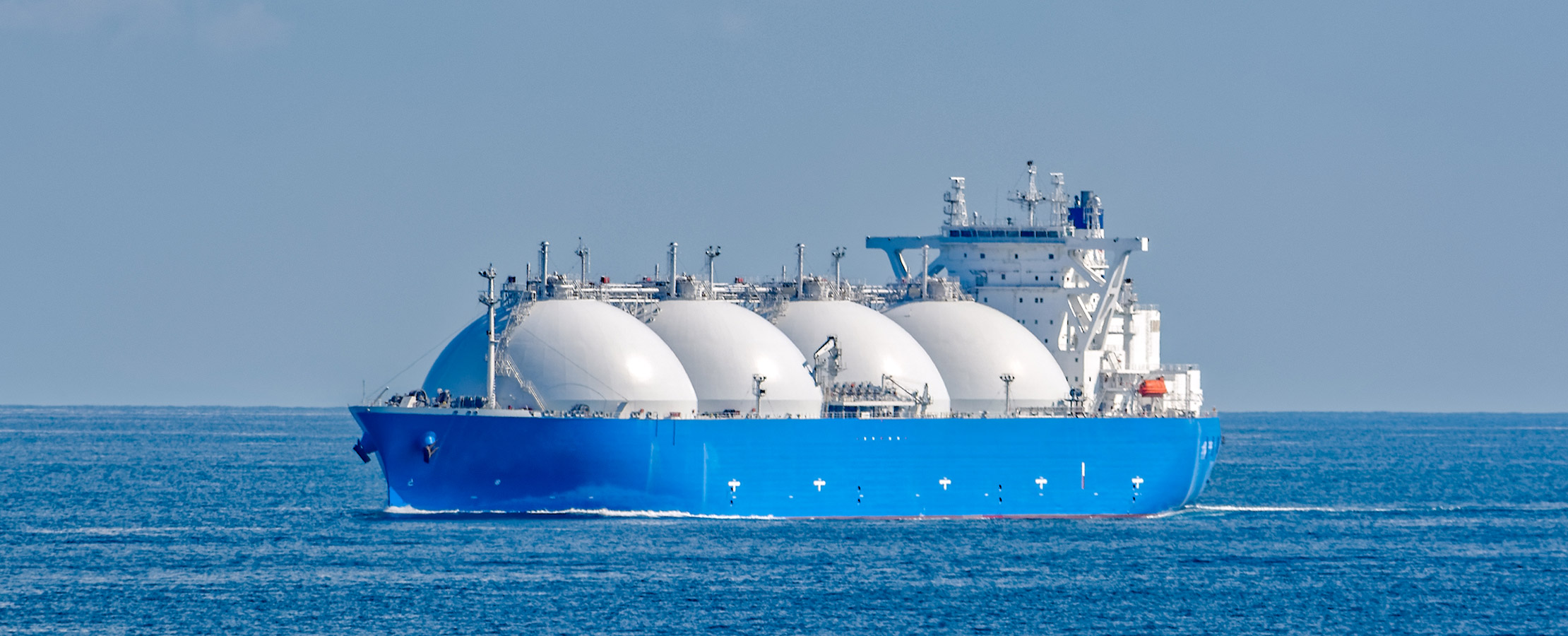IEF News Article
Expediting Natural Gas Market Recovery
Cooperation between natural gas producers and consumers at this point in the coronavirus pandemic is critical to accelerate the natural gas market's recovery, preserving global energy security and preventing a reversal in energy access for the world's poor.
The spread of COVID-19, and the attempts to suppress it, have been a shock to the global economy. While no one can know the duration of the pandemic, it is widely believed that gas technologies can help reignite global economic growth and facilitate energy transitions.
"We know that strengthening ties between producers and consumers will help all stakeholders seize the opportunities that affordable, readily accessible, and clean natural gas technologies offer for a swift and sustainable economic recovery," said Joseph McMonigle, Secretary General of the International Energy Forum (IEF) in a September 2020 speech.
The IEF is committed to helping facilitate this alliance. It is a role the IEF already plays through its member states, industry leaders, and international organisations. Strengthening dialogue with candidate countries, international financial institutions, and regional organisations will allow the IEF to extend its global engagement to advance economic stability.
Natural Gas Markets
While natural gas demand is projected to decline by around 4% worldwide in 2020, it is on track to make a robust recovery. Natural gas demand is expected to hit 4 370 bcm annually by 2025, an average annual growth rate of 1.5% per year, between 2019 and 2025. The initial forecast assumed an average growth rate of 1.8%.
Despite the elevated levels of uncertainty regarding natural gas investment, gas market fundamentals remain strong, especially in the Asia Pacific market. More than half of incremental gas consumption globally in years to come will be driven by China and India. China alone will import around 50 million metric tons of LNG over the next five years.
Gas imports requirements will continue to rise as demand growth shifts to economies in South Asia and South East Asia. Here LNG demand can quadruple over the longer-term to reach well above 200 million metric tons in 2040, with India and Thailand taking the lead as the biggest growth markets.
Meanwhile, Africa and Latin America will benefit from greater producer-consumer dialogue on regional energy sector integration and infrastructure investment to further spur gas market advances.
Demand v. Supply
Natural gas supply, however, will not recover as fast as demand. This has already caused regional natural gas benchmarks to rise and may cause further market turbulence over the coming months. The trend also reflects the rise of North America as a major new natural gas exporter on global markets.
The pandemic ups the stakes by pushing the demand gap out further over the next decade. This opens a new window for the gas industry to play a larger role in achieving climate, clean air, and energy access goals; alleviate security of supply concerns among major gas consuming countries; facilitate market access for producers and resolve geopolitical concerns; and explore new business models and technologies.
Global gas markets remain well supplied both in terms of resource wealth and smart investment decisions by new entrants and incumbents if governments ensure investment and market conditions improve. A cooperative relationship will allow producers and consumers to capitalize on increasingly competitive and abundant natural gas supplies, place greater emphasis on environmental and energy access goals, and promote inclusive energy transitions in post-pandemic recovery strategies.
Exporters will add flexibility to long-term contracts to improve their competitive edge while importers will increase their positions in growth economies. Both stand to benefit from the windfall created by greater commoditisation of natural gas markets, accelerated transitions from coal to gas, and deeper integration of renewables.
Even amid efforts to overcome COVID-19 impacts, challenges remain in meeting climate, clean air, and sustainable development goals. Doing so will continue to be linked to the use of natural gas industry technologies, which can accelerate fuel-switching and create synergies to integrate renewables, green gas, hydrogen, and carbon dioxide solutions.
COVID-19 has brought to light the need to enhance energy market data transparency to better inform decisions by governments, investors, and traders. The IEF will continue to push for more complete and faster gas market data submissions through the Joint Organisations Data Initiative that the IEF co-ordinates with partner organisations.
"The IEF stands ready to help facilitate this collaboration, which I believe will help global gas markets recover and serve as a powerful antidote to the uncertainty and volatility that is being felt throughout the world," said McMonigle.






